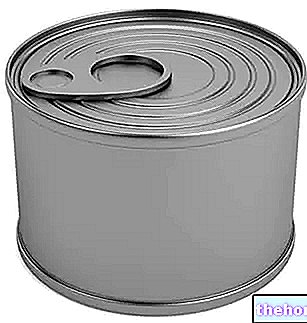Kamut history
Kamut flour derives from the processes of grinding, sifting, calibration and elimination of any impurities, of oriental wheat, also known as red wheat or Khorasan. During the 1970s, an American agronomist and biochemist, Bob Quinn, became interested in this type of wheat and called it Kamut. The name derives from Ka "moet which, in the Egyptian language means" soul of the earth ".

Khrosan cereal, also known by the name Kamut, belongs to the grass family and to the durum wheat species (Triticum durum).
The cereal has a stem even 180 centimeters high; the caryopsis, that is the grain, is naked and longer than any other wheat. Kamut originates from the so-called “fertile crescent”, a region located between Egypt and Mesopotamia.
Kamut wheat is more suitable for organic crops, because it grows very well without the use of fertilizers and / or pesticides. It is therefore currently organically cultivated in all areas of the world.
Usage
Kamut flour can be used as an alternative to durum wheat flour, for the production of pasta and flours for food use. Furthermore, the Kamut grain is used as an ingredient in soups, broths, minestrone and salads. The preparation of Kamut cereal takes a long time, because it must be washed and left to soften in water overnight. Once the preparation procedure is complete, the cereal can be cooked in boiling salted water for at least an hour.
VideoRecipe - Pizza with Kamut Flour
Kamut Flour Pizza
Problems with playing the video? Reload the video from youtube.
- Go to the Video Page
- Go to the Video Recipes Section
- Watch the video on youtube
Nutritional Aspects
Kamut wheat has a high energy and caloric power, therefore it is recommended for all people who practice sports, for children in the growth phase and for all elderly people. The calories provided by 100 grams of Kamut wheat are greater than those provided by 100 grams of common wheat. Furthermore, Kamut is rich in selenium, magnesium, zinc, vitamin E, lipids and fatty acids. See also Nutritional values of raw Kamut and cooked Kamut.
The amino acids that are found in greater quantities in Kamut wheat are threonine, cystine, arginine, histidine, aspartic acid and serine. Given the considerable energy it can give to the body, Kamut can be considered a high-energy cereal.
Like any other cereal, if it has not been subjected to particular improvement processes, it does not have a high gluten content, therefore it is easily digestible even by people who suffer from slight intolerances. Given the presence of gluten, Kamut wheat and all its derivatives, however, cannot be taken by people with celiac disease.




























